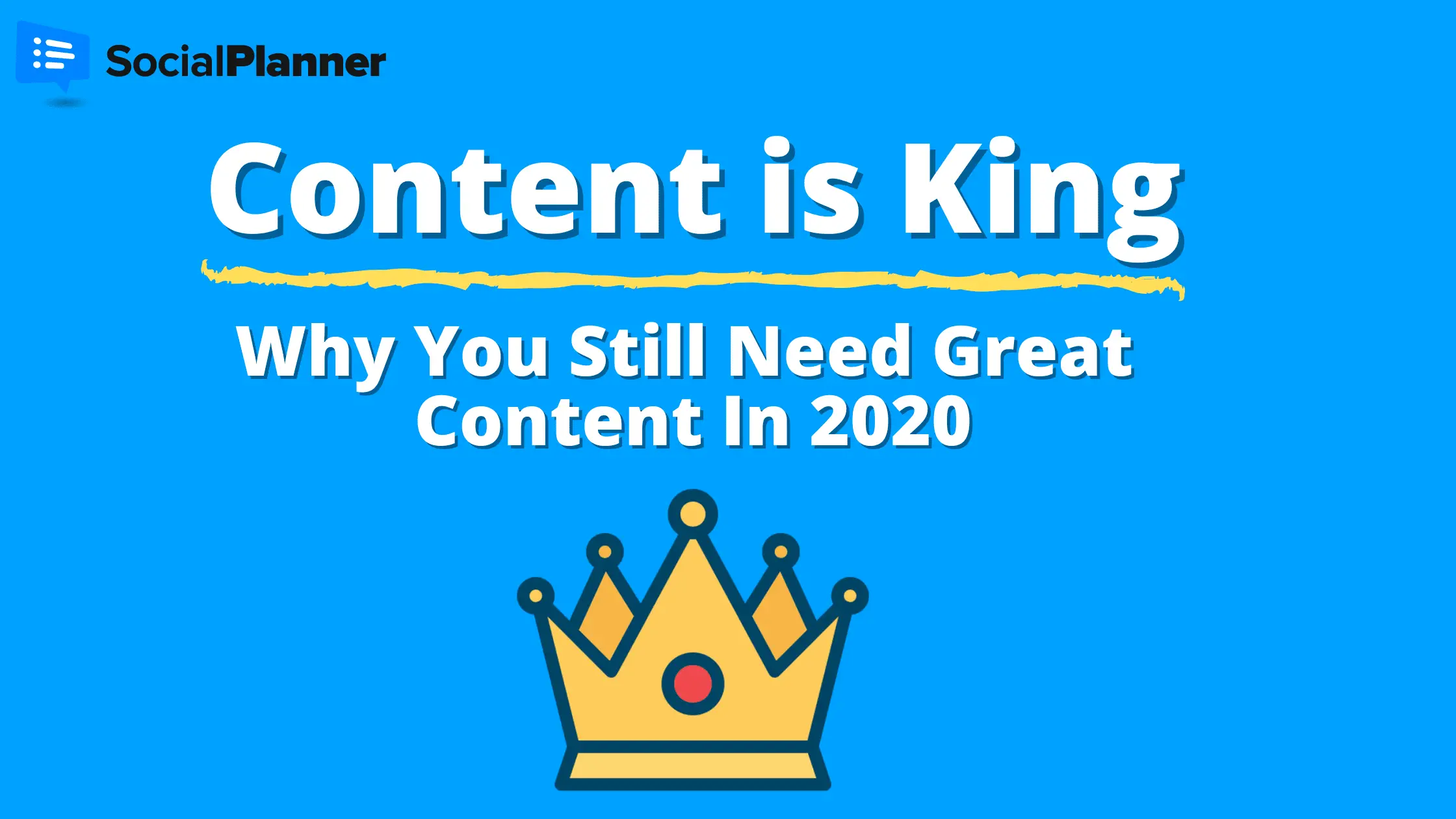Why Content is King: Building a Content Strategy that Works
In the ever-evolving digital landscape, content remains the cornerstone of successful online marketing. Whether you’re running a blog, an e-commerce store, or a corporate website, content is the driving force behind user engagement, brand authority, and search engine rankings. But simply creating content is not enough; a strategic approach is required to truly reap the benefits. Here’s why content is king and how you can build a content strategy that works for your business.
The Importance of Content in Digital Marketing
Content has always been at the heart of digital marketing efforts. With search engines, social media, and other platforms relying heavily on content, businesses that consistently produce valuable, engaging content see higher visibility, trust, and loyalty from their audience. Here’s why content plays such a crucial role:
-
SEO Benefits: Search engines like Google prioritize websites that offer fresh, relevant, and well-structured content. This is why high-quality content is essential for improving your website's search engine rankings. By incorporating targeted keywords, optimizing meta descriptions, and crafting content that aligns with user search intent, you improve the chances of ranking higher and attracting organic traffic.
-
Builds Brand Authority: When your brand consistently produces valuable content, it positions you as an expert in your field. This helps build credibility and trust with your audience. Whether it's through informative blog posts, in-depth case studies, or helpful guides, providing actionable and insightful content can make your brand the go-to resource in your industry.
-
Engages Your Audience: Content is one of the most effective ways to engage your audience. Whether through blog posts, videos, or social media updates, well-crafted content speaks to the interests and needs of your target audience. By offering solutions to their problems, answering questions, or entertaining them, you create a lasting connection that encourages repeat visits and brand loyalty.
-
Drives Conversions: Quality content can significantly influence purchasing decisions. By providing valuable information, testimonials, product reviews, or compelling offers, you can guide potential customers down the sales funnel. Content that addresses pain points and offers solutions will naturally drive conversions, whether it’s signing up for a newsletter, requesting a demo, or completing a purchase.
How to Build a Content Strategy that Works
Now that we’ve established why content is essential for your business, the next step is to build a content strategy that will yield results. Here are the key steps to creating a content strategy that works:
1. Understand Your Audience
Before you start creating content, it’s crucial to understand who your audience is and what they care about. Conduct thorough research to determine their demographics, pain points, interests, and search behaviors. Tools like Google Analytics, social media insights, and customer surveys can provide valuable data to guide your content creation. Tailor your content to meet their needs and offer solutions to their problems.
2. Set Clear Goals
Define what you want to achieve with your content. Are you aiming to increase brand awareness, generate leads, or boost conversions? Your content goals should align with your overall business objectives. Establishing measurable goals will help you stay focused and track your progress over time.
3. Keyword Research for SEO
Keyword research is a critical step in ensuring that your content is discoverable. Use tools like Google Keyword Planner, SEMrush, or Ahrefs to find relevant keywords with a good balance of search volume and competition. Incorporate these keywords naturally into your content to improve its SEO performance. But remember, it’s not just about keywords – the content should also provide real value to your readers.
4. Create a Content Calendar
A content calendar is a roadmap for your content creation. Plan ahead by scheduling blog posts, social media updates, and other content types in advance. This helps ensure consistency and allows you to align content with seasonal trends, product launches, or industry events. A well-organized content calendar also helps prevent gaps in publishing and ensures you’re always delivering fresh content.
5. Focus on Quality, Not Quantity
While consistency is important, it’s more critical to focus on producing high-quality content. Rather than churning out numerous low-effort posts, invest time in crafting in-depth, informative, and engaging pieces. Content that provides real value will resonate with your audience and encourage them to return.
6. Utilize Various Content Types
Content comes in many forms, from blog posts and videos to infographics, podcasts, and social media posts. A successful content strategy should incorporate a variety of content types to reach different segments of your audience. Videos, for instance, can be highly engaging, while blog posts are excellent for SEO. Use a mix of formats to appeal to various learning styles and preferences.
7. Measure and Optimize
Content strategy is not a one-time effort – it requires constant evaluation and optimization. Track key performance indicators (KPIs) such as website traffic, engagement rates, bounce rates, and conversion rates. Use these insights to refine your strategy, improve underperforming content, and double down on what’s working. Tools like Google Analytics, SEMrush, and HubSpot can provide valuable data to measure the effectiveness of your content.
Conclusion
Content is, without a doubt, king in today’s digital marketing landscape. It drives traffic, builds trust, boosts conversions, and strengthens brand authority. However, simply producing content isn’t enough. To unlock the true potential of content, businesses must invest in a well-thought-out content strategy that aligns with their goals and speaks to their audience’s needs. By following the steps outlined above, you can create a content strategy that not only drives results but also positions your brand for long-term success in the digital space.
